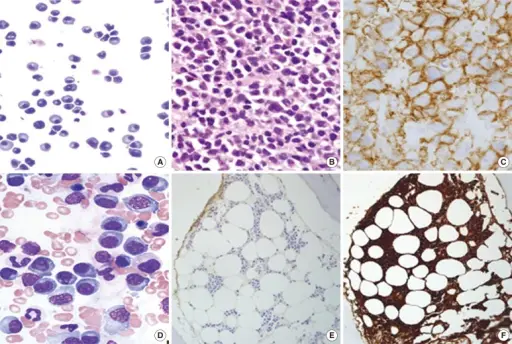What is Large Granular Lymphocytic Leukemia?
Large granular lymphocytic leukemia is a chronic T cell lymphoproliferative disorder characterized by a clonal proliferation of mature cytotoxic T cells. What is the Pathology of Large Granular Lymphocytic Leukemia? The pathology of large granular lymphocytic leukemia is: -Etiology: The…










